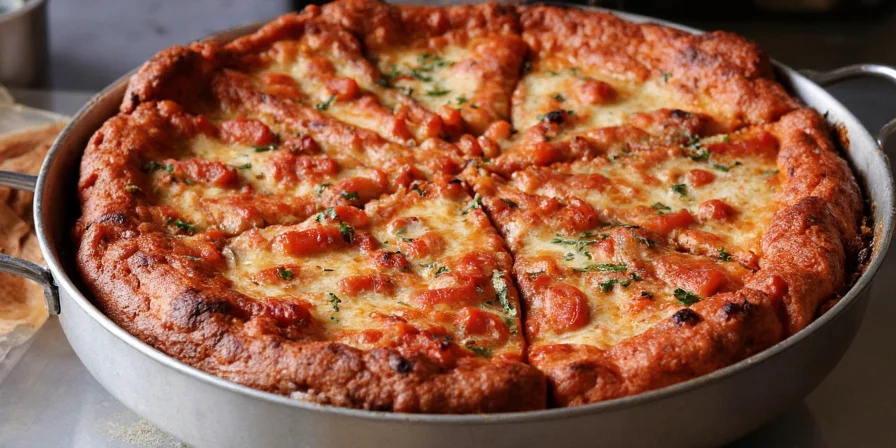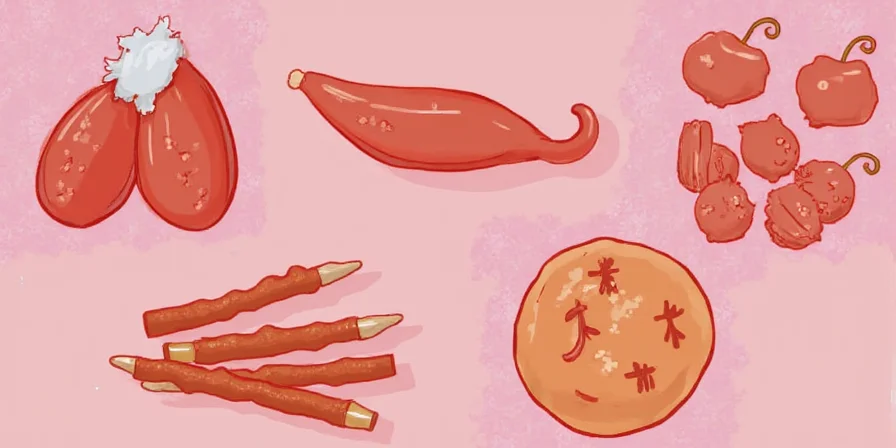Vietnamese Beef Stew: A Global Spice Tradition That Warms the Soul 🌶️
Table of Contents
- Introduction: More Than Just Pho
- Essential Ingredients and Spice Breakdown
- Step-by-Step Cooking Guide
- Pro Tips for Flavorful Results
- Common Mistakes (and How to Fix Them)
- Serving Suggestions and Pairings
- A Taste of History: Origins of Viet Beef Stew
- How It Fits into Global Spice Traditions
- Conclusion: Your Turn in the Kitchen!
Introduction: More Than Just Pho
If you think Vietnamese cuisine starts and ends with pho, it's time to meet its cozy, spice-infused cousin: Vietnamese beef stew, or as locals might call it in different regions, a slow-braised masterpiece that tells a story of colonial influence, local ingredients, and the art of patience.
This dish isn't just about throwing meat into a pot — it’s about layering flavors using spices like star anise, cloves, cinnamon, and even cola in some modern twists. Whether served over rice, with crusty bread, or alongside noodles, this is comfort food with global roots.

Essential Ingredients and Spice Breakdown
The secret to authentic Vietnamese beef stew lies in the balance of sweet, savory, and aromatic elements. Here's your spice roadmap:
| Ingredient | Role | Flavor Profile |
|---|---|---|
| Star Anise | Signature licorice note | Sweet, woody, warm |
| Cinnamon Stick | Depth and sweetness | Earthy, mildly spicy |
| Cloves | Sharp, intense warmth | Bitter-sweet, bold |
| Coriander Seeds | Herbal backbone | Citrusy, nutty |
| Fish Sauce | Saltiness and umami | Pungent, savory |
| Brown Sugar | Counteracts salt & spice | Rich, caramel-like |

Step-by-Step Cooking Guide
Making Vietnamese beef stew is part science, part soul. Here's how to do it right:
- Choose the right cut: Brisket or shank work best — lots of connective tissue that breaks down into richness.
- Sear the meat: Don’t skip this step! Browning builds flavor through Maillard reactions.
- Rinse off impurities: After searing, rinse the beef to remove any scum for a cleaner broth.
- Add aromatics: Garlic, shallots, lemongrass, or ginger are classic additions.
- Spice it up: Tie whole spices in a cheesecloth or use a spice bag to avoid picking them out later.
- Braise low and slow: At least 2–3 hours on low heat. Some recipes go up to 4+ hours for ultra-tender results.
- Taste and adjust: Fish sauce, sugar, soy sauce — balance is key!

Pro Tips for Flavorful Results
- Toast your spices: Dry roast coriander seeds or black peppercorns before adding them to the pot. The depth? Incredible.
- Try a Coca-Cola twist: In southern Vietnam, many chefs use Coke or Pepsi to replace some of the liquid for a caramelized edge and tenderizing power.
- Use banana leaves: Wrapping part of the meat or lining the pot with banana leaves can add a subtle earthy aroma.
- Let it rest overnight: Like most braised dishes, the flavors intensify when refrigerated and reheated the next day.
Common Mistakes (and How to Fix Them)
We’ve all been there — here’s how to rescue your stew if things go south:
| Mistake | Problem | Solution |
|---|---|---|
| Too salty | Overuse of fish sauce or salt | Add peeled potatoes; they’ll absorb excess salt. Remove before serving. |
| Bland | Lack of spice balance | Add more star anise or brown sugar to rebalance the sweet-salty-spice triangle. |
| Too dark | Over-caramelized sugar | Dilute with coconut water or light stock for a brighter color and taste. |
| Greasy surface | Excess fat not skimmed | Chill the stew, skim solidified fat, then reheat gently. |

Serving Suggestions and Pairings
Vietnamese beef stew is incredibly versatile. Try these pairings to elevate your meal:
- Rice: Steamed jasmine or broken rice absorbs every last drop of the rich sauce.
- Crusty Bread: For a French-Vietnamese fusion touch, dunk fresh baguette slices in the stew.
- Boiled Vegetables: Water spinach, mustard greens, or cabbage add freshness and crunch.
- Pickled Onions or Chili: Brightens the palate after each rich bite.

A Taste of History: Origins of Viet Beef Stew
While Vietnam is known for fresh, herb-forward dishes like spring rolls and banh mi, the country also has a rich tradition of long-cooked meats influenced by both Chinese and French culinary legacies.
During the French colonial period, techniques like stewing and braising were introduced, which merged with local spices and cooking methods. What emerged was a unique hybrid — a stew seasoned with Asian spices but cooked using European methods.
This dish, sometimes called “kho” in variations (like cá kho — caramelized fish), evolved into the beef version we now associate with family meals, rainy days, and holiday gatherings.
How It Fits into Global Spice Traditions
Spice traditions around the world often tell us about migration, trade, and cultural blending. In Vietnamese beef stew, we see clear parallels to Indian curries (spice blends), Middle Eastern stews (slow cooking and layering), and even Creole gumbos (flavor building).
What makes Vietnamese beef stew special is its restrained use of spice — not fiery hot, but deeply aromatic and nuanced. It reflects a tradition where spices aren’t used to overwhelm, but to harmonize and enhance natural flavors.
As part of Global Spice Traditions, this dish reminds us that great flavor doesn’t always come from quantity, but from intentionality and respect for each ingredient.
Conclusion: Your Turn in the Kitchen!
Vietnamese beef stew is more than a dish — it’s a celebration of patience, spice harmony, and culinary storytelling. With the right ingredients, a bit of time, and a love for bold flavors, you too can recreate this global gem in your own kitchen.
So grab your spices, tie those aromatics in a bundle, and let the magic happen. You might just discover your new favorite weekend ritual… and maybe a few extra guests at your dinner table.












 浙公网安备
33010002000092号
浙公网安备
33010002000092号 浙B2-20120091-4
浙B2-20120091-4